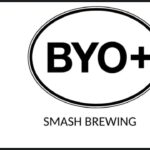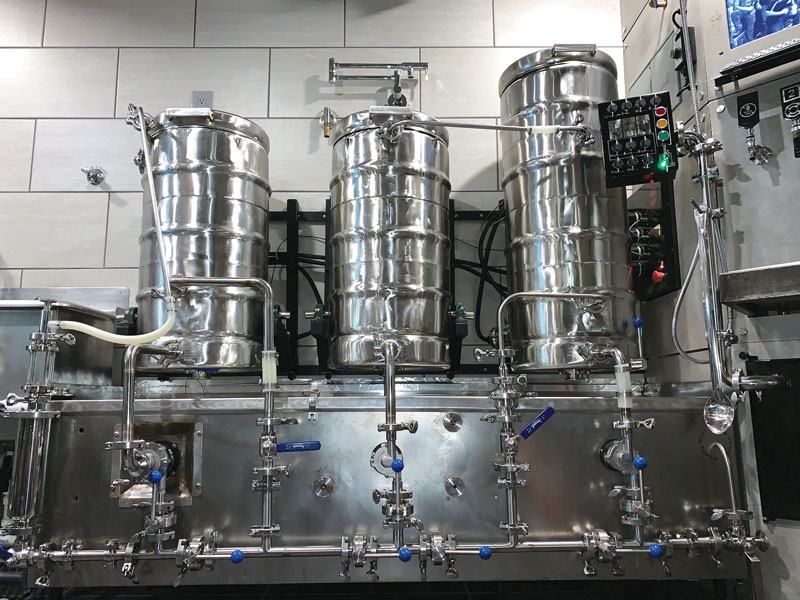Topic: Recipe Calculations
Using a Malt COA to Brew Better Beer
Your Malt COA is a valuable brewing tool if you know how to use the listed numbers. It can be a roadmap to maximize your malt during a brew day and that
Scaling Up Homebrew Recipes to Nano Scale
You made great beer as a homebrewer and you’d like to use some of your favorite recipes at your upcoming Nano brewery. As most brewers know it isn’t a matter of just
Evaluating Brewing Ingredients
A brewer must understand the impact each ingredient will have on the final beer in order to master recipe development. Get tips on how to properly evaluate each ingredient. With practice, everyone can master these skills and start brewing better beers.
SMaSH Brewing
SMaSH stands for Single Malt and Single Hop recipe design. SMaSH takes the idea of simplicity in brewing to its logical extreme — by limiting the brewer to one malt, one hop
Utilizing a Brewing Water Calculator
Me and my big fingers! Did I type some words about my water tool? While it’s tempting to geek out with water math, I’ll try to keep this answer informative without jumping
Developing a Brewing Calculator
I also consider developing my own calculation tools a key part of my hobby and, previously, part of my job as a commercial brewer. I have a pretty handy collection of calculations
The Art & Science of Recipe Design
By combining the left side of the brain (mechanical and methodical approach) and right side (artistic expression) every homebrewer has the ability to create their own homebrew recipes. Embrace both sides and get to work designing your next beer.
Beer Recipe Formulation Workshop
Learn the best ways to jump into creating your own signature beer recipes and understand the keys to developing a specific grain bill, hop schedule, and ingredient proportions to meet your homebrewing
Evaluating Hops
Brew Your Own Magazine’s Technical Editor Ashton Lewis shows you how to properly evaluate hops before you ever add them to your brew.
Understanding Malt Specs
Brew Your Own Magazine’s Technical Editor Ashton Lewis walks you through a typical specification sheet for malt and how to make sense of the various measurements and numbers – and most importantly
Calibrating Your Hydrometer
The hydrometer is one of the most important pieces of equipment for any brewer. But if the readings aren’t accurate your hydrometer is worthless. Brew Your Own Magazine’s Technical Editor Ashton Lewis
Calibrating Brewing Scales
Join Brew Your Own’s Technical Editor Ashton Lewis as he shows you how to properly calibrate your scale for accurate beer ingredient measurements. Your numbers are only good if they are right










